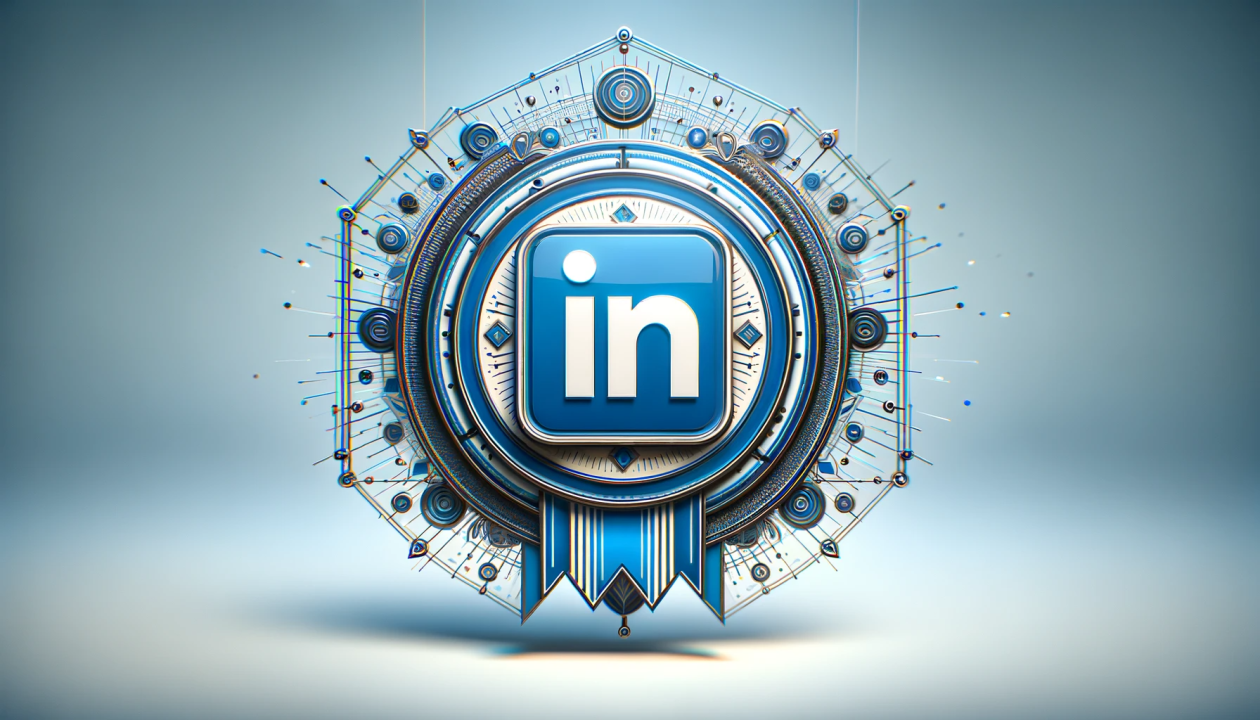A decade ago, a polished resume and a strong GPA were the golden tickets for students entering the job market. Fast forward to 2025, and the story looks very different. Today, students are stacking digital badges, micro-credentials, and portfolio links on their LinkedIn profiles, sometimes even replacing résumés altogether.
From Google Career Certificates to Coursera specializations, and from skill endorsements to digital proof of project work, employers are now faced with a new question: Do digital credentials actually demonstrate readiness or are they just the latest academic trend?
The Rise of the Badge Economy
The badge economy exploded during the pandemic, when students and professionals sought affordable, short-term upskilling options. Platforms like Coursera, edX, LinkedIn Learning, and Udemy made it possible to earn certificates in weeks instead of years.
For Gen Z students, badges are more than just add-ons. They’re a form of currency on LinkedIn, proof of practical skills in areas like:
- Cloud computing (AWS, Azure, Google Cloud certifications)
- Data analysis (Tableau, Power BI, Python courses)
- Cybersecurity (CompTIA Security+, Google Cybersecurity Certificate)
- Creative tools (Adobe, Figma, Canva Pro training)
Unlike a résumé that lists skills, badges claim to verify them. But how much trust do they actually hold?
Why Students Love Digital Credentials
For students navigating competitive job markets, badges offer tangible advantages.
1. Faster pathways to employability
Instead of waiting four years for a diploma, students can showcase relevant skills as soon as they finish a short course.
2. Cost-effective alternatives
Micro-credentials often cost a fraction of traditional tuition, making them accessible for students on tight budgets.
3. Shareability and visibility
Badges appear directly on LinkedIn profiles, where recruiters and hiring managers spend their time. Unlike a résumé attachment, they’re clickable, trackable, and sometimes even verifiable through blockchain.
4. Personal branding
For many Gen Z learners, collecting badges is a way of storytelling. Each one signals not just skill but curiosity and commitment to lifelong learning.
The Employer Perspective: Do Badges Really Matter?
Employers are split. A 2025 survey from the World Economic Forum found that 42% of HR leaders consider micro-credentials a “strong signal” of skills, while another 30% said they’re “useful but insufficient” without experience to back them up.
Some of the employer concerns include:
- Quality control – Not all badges are equal. A cybersecurity certificate from a top platform carries more weight than one from a little-known course provider.
- Over-saturation – With thousands of badges available, recruiters face “credential fatigue.” Seeing dozens of icons doesn’t necessarily prove depth of expertise.
- Application gap – A badge shows someone completed a module, but it doesn’t prove they can apply the skill in real-world scenarios.
Still, as hiring shifts toward skills-based recruitment (especially in tech, design, and data), employers are paying closer attention to what these digital signals represent.
LinkedIn: The New Transcript
LinkedIn has quietly become a digital transcript for students. Recruiters now skim profiles for evidence of:
- Endorsements and recommendations that back up claimed skills.
- Project links showing real-world application of credentials.
- Consistency: students who pair academic degrees with relevant micro-credentials often stand out more than those with one or the other.
Interestingly, LinkedIn reports a 60% increase since 2022 in users adding certifications to their profiles. For students, this is less about replacing résumés entirely and more about making sure their résumé doesn’t get lost in the shuffle of ATS (Applicant Tracking Systems).
Case Study: From Badge to Job Offer
Take Sophia, a 21-year-old business student who wasn’t landing interviews with her GPA alone. She added a Google Data Analytics certificate and a Tableau badge to her LinkedIn, then uploaded a portfolio project analyzing real-world sales data.
Within three weeks, recruiters reached out not because of her coursework, but because they could see practical, certified skills combined with proof of application.
Her experience mirrors a broader trend: badges work best when they’re paired with demonstrated projects.
Risks of the Badge Boom
For all their promise, digital credentials aren’t without flaws.
1. Inflated expectations
Some students assume badges alone guarantee employability. In reality, employers still want to see soft skills like communication, problem-solving, and teamwork.
2. The prestige problem
Traditional degrees carry institutional credibility. A stack of badges from lesser-known providers may not carry the same weight in high-stakes industries.
3. Fragmented learning
While modular, short-term courses are flexible, they sometimes lack the depth and rigor of structured programs. Students risk becoming “jack-of-all-badges” without mastery.
4. Digital divide
Not every student has equal access to these opportunities. Badges often require stable internet, credit cards, and subscription fees, leaving out those in disadvantaged settings.
The Hybrid Future: Degrees + Digital Proof
Instead of replacing degrees, micro-credentials are increasingly being seen as complements. Many universities are integrating badges into their programs, allowing students to graduate with both a diploma and industry-recognized certifications.
This “hybrid transcript” approach appeals to employers who want evidence of both academic depth and practical readiness.
For example:
- A computer science degree plus AWS certifications signals mastery + job-ready skills.
- An English major with UX design badges demonstrates adaptability across disciplines.
- A nursing student with telehealth training badges reflects awareness of new healthcare demands.
What Students Should Do Now
For students wondering whether to prioritize badges, degrees, or both, the answer lies in alignment with career goals.
- Start with relevance – Choose credentials directly tied to your target field. Don’t collect badges just for the sake of it.
- Pair credentials with projects – A GitHub repo, portfolio, or case study makes badges more credible.
- Mix academic and micro-learning – Employers still value degrees, but layering on digital proof creates a stronger narrative.
- Stay skeptical – Not all badge providers are reputable. Research before investing time and money.
Conclusion
Digital credentials aren’t killing the resume but they’re reshaping how students showcase their skills. On LinkedIn, badges serve as micro-stories of learning, signaling initiative, adaptability, and real-world relevance.
For employers, the challenge is sifting through the noise to identify which badges matter most. For students, the challenge is using them strategically not as replacements, but as enhancements that bring a résumé (or profile) to life.
In 2025, the winners won’t be those with the most badges or the fanciest diploma, it’ll be those who can connect the dots between credentials, projects, and career impact.






